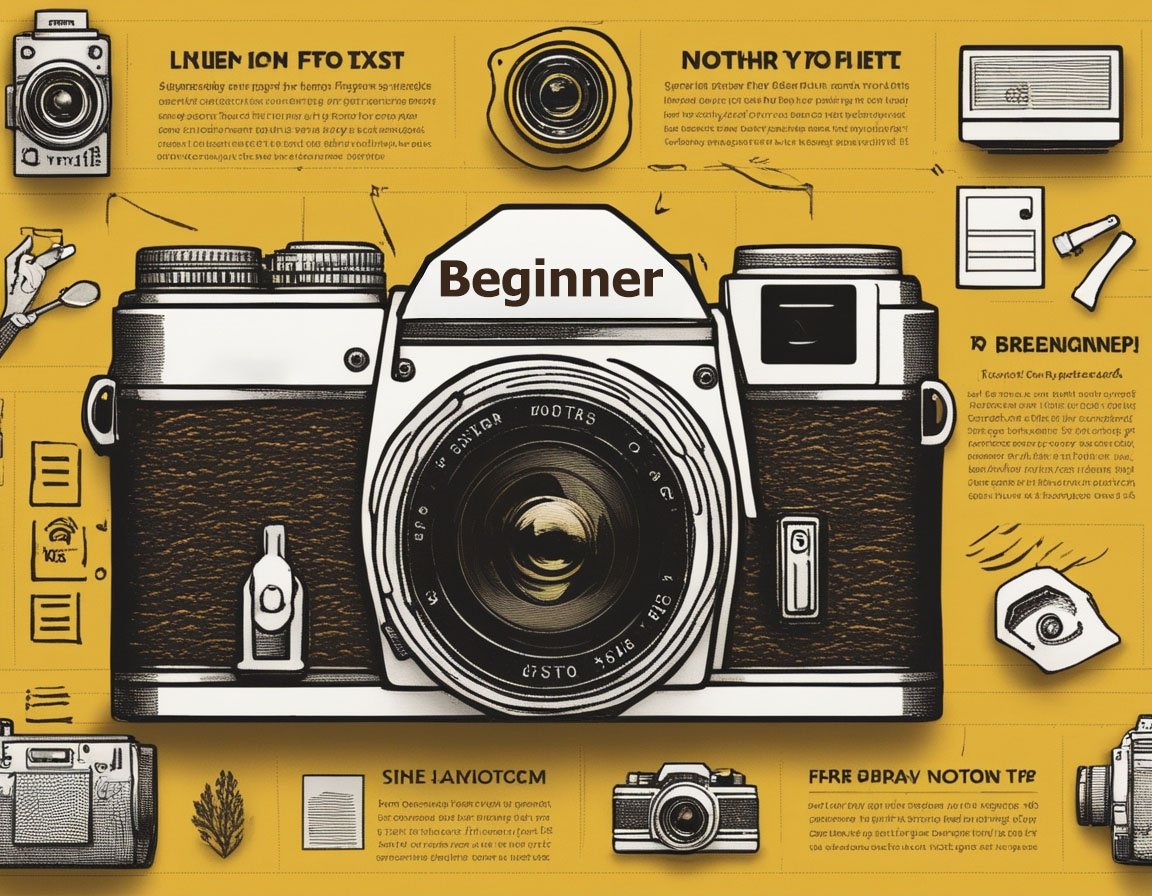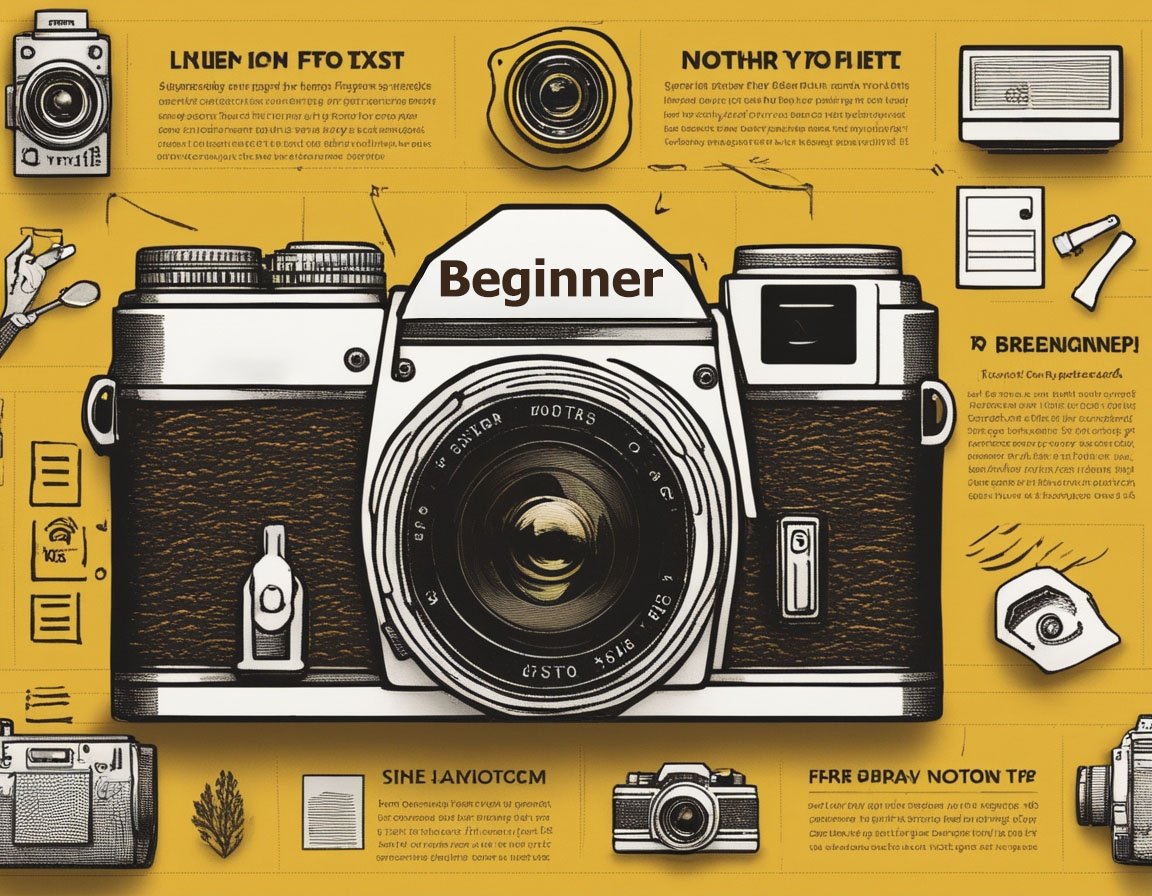Overlooking the background when creating photographic or digital content is a common mistake for beginners. This error can detract significantly from the subject matter, ultimately affecting the overall quality and impact of the piece. Here, we delve into the importance of backgrounds, explore common mistakes, and offer strategies for thoughtful background incorporation.
Backgrounds play a vital role in emphasizing the subject, enhancing storytelling, and adding depth to a composition. A well-chosen background can elevate the main subject, directing attention and highlighting key details. Beginners often focus exclusively on the primary subject, overlooking the influence the background exerts on the entire image.
Several common errors can occur when backgrounds are neglected. Cluttered or chaotic backgrounds can blend with the subject, detracting from its significance. For instance, a busy street scene may distract from a portrait, drawing focus away from the individual. Alternatively, a plain, uninspired background risks making the composition look flat and uninteresting. Balancing simplicity with engagement is key to creating a compelling visual narrative.
Color contrast is another crucial factor. The background’s color should complement the subject, enhancing its features rather than competing for attention. Beginners may unintentionally use colors that clash with the subject, disrupting visual harmony. For instance, photographing a red apple against a bright pink background can confuse the viewer’s eye, diminishing the apple’s vibrant appeal.
Lighting conditions significantly influence backgrounds. Poor lighting can cause unwanted shadows or overexposed areas that detract from the scene’s balance. For example, shooting with a bright window behind the subject might create silhouettes, unless used creatively to produce a dramatic effect. Conversely, artificial lighting might cast unnatural hues or reflections, which can distract from the intended focal point.
Depth of field is a powerful tool to manage background impact. A shallow depth of field can blur distracting elements, isolating the subject effectively. This technique, known as bokeh, is often used in portrait photography to keep attention on the person by gently fading the background. Beginners might not capitalize on this, resulting in sharper but cluttered backgrounds competing with the main subject.
Composition rules such as leading lines, the rule of thirds, and framing can guide in selecting an ideal background. Leading lines naturally draw the eye towards the subject, while the rule of thirds places it strategically within the frame. Incorporating natural frames like archways or branches can add depth and context to the composition.
Location scouting is a practical step to ensure the background complements the subject. Beginners should spend time exploring environments, identifying spots that offer the right balance of visual interest without distracting chaos. Urban environments, for instance, provide diverse textures and perspectives, while natural settings offer tranquility and timeless appeal.
In digital art, background choices are equally crucial. Here, any inconsistencies in style or color can jarringly disrupt the immersive experience. Beginners often struggle with this, neglecting how even slight mismatches in perspective or lighting can unsettle the viewer. Ensuring that colors, lighting sources, and styles align seamlessly with the intended aesthetic is paramount.
Technology provides advanced tools for background manipulation. Editing software like Adobe Photoshop can eliminate distractions or adjust lighting and color contrasts, enhancing cohesiveness. Features such as layering allow for precise control over background elements, while AI-based tools automate complex tasks, giving even beginners the means to refine their compositions.
Additionally, understanding cultural and contextual significance can enrich a background’s role within a composition. What is a mundane scene in one context may carry deep symbolic meaning in another. Beginners should take the time to research and consider these elements, ensuring their compositions resonate with the intended audience.
Background sound in videography or audio content serves a similar purpose. It’s crucial to ensure that audio backgrounds support and enhance the narrative rather than overshadow it. Background noise, like wind or traffic, if not handled properly, could divert attention away from the main subject, diminishing clarity and emotional engagement.
The rise of digital platforms, where content is consumed at an unprecedented speed, underscores the urgency of mastering background utilization. Images and videos must capture attention instantly; a well-integrated background can make the difference. Beginners should practice mindfulness, considering backgrounds as integral to storytelling rather than afterthoughts.
Background selection is a crucial skill requiring understanding, creativity, and technical ability. Through practice and conscious effort, beginners can transform their compositions, ensuring that no detail is lost to the background’s embrace but is instead leveraged to enhance the story they wish to tell.



